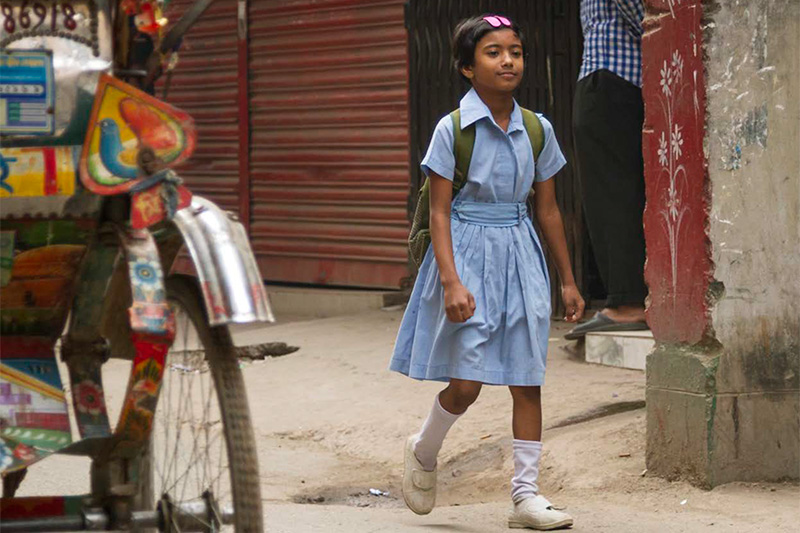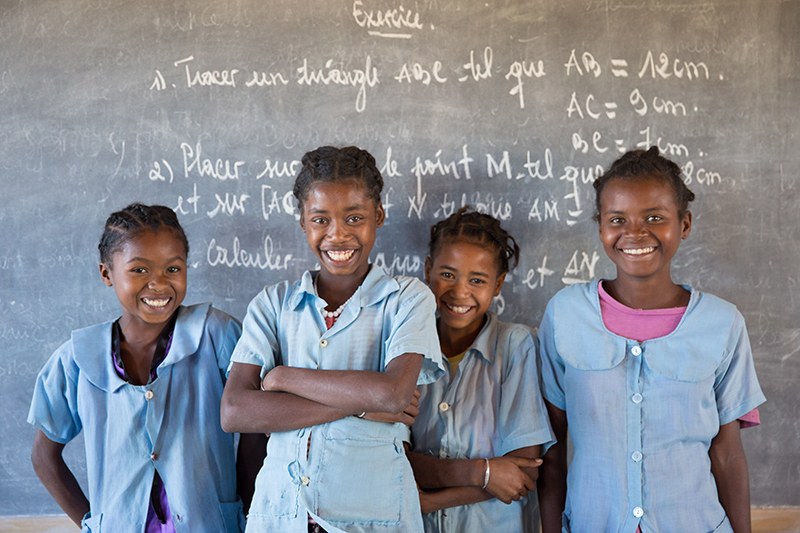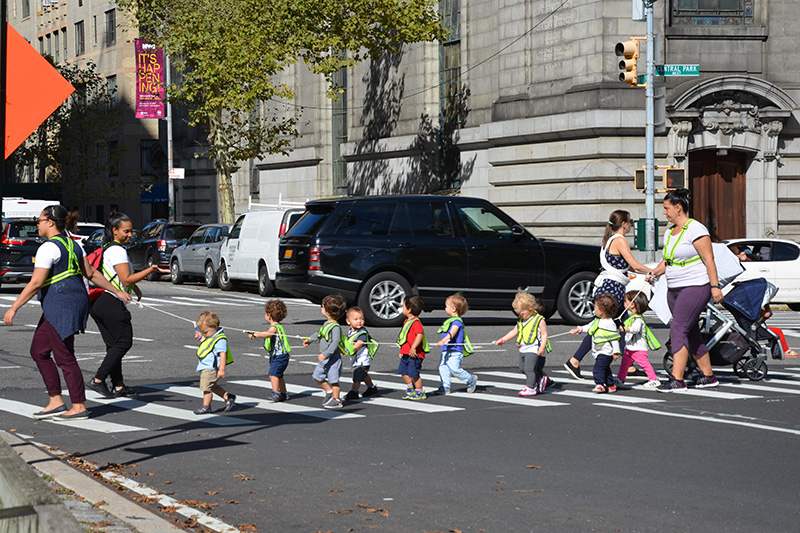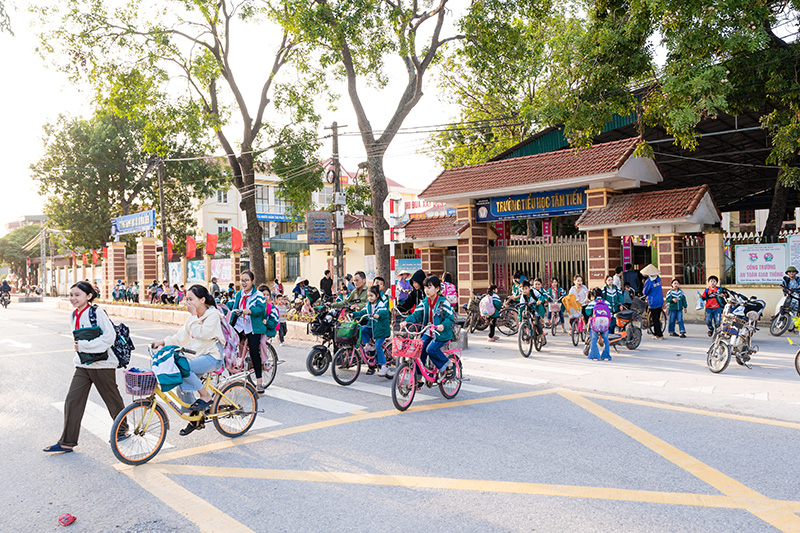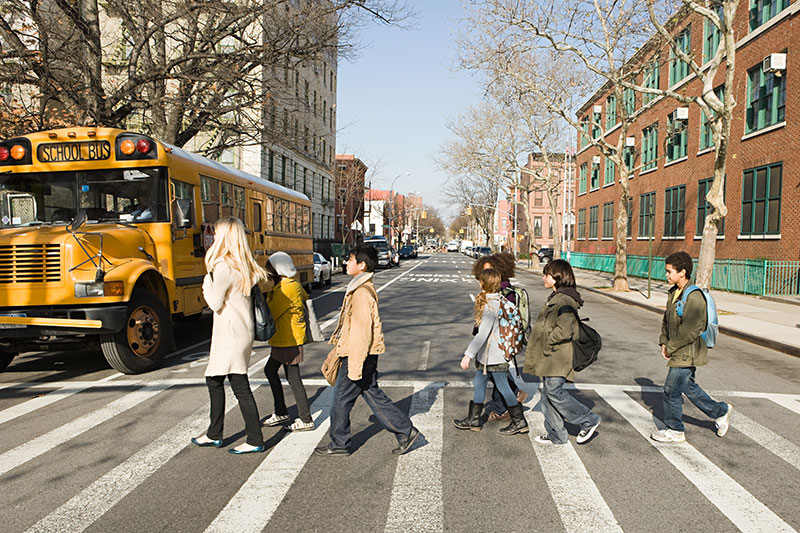New guidance and database for safe school journeys during Covid-19 and beyond launched with UNICEF
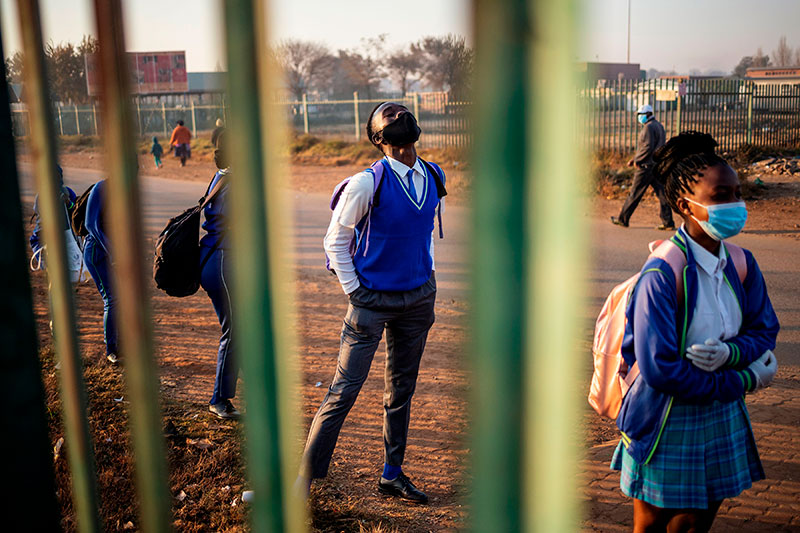
Now more than ever, safe and healthy journeys to school are crucial. An epidemic on wheels has led road traffic injuries to be the leading killer of those ages five to 29 and today young people are further threatened by the COVID-19 pandemic. The journey to and from school must be safe from both of these threats. Many of the solutions for one threat also address the other - such as reducing urban vehicle speed, promoting walking and cycling, avoiding unnecessary vehicle journeys, and creating more space for drop-off and pick-up - key interventions as COVID-19 is less likely to spread outdoors. These measures enable safe physical distancing and help to lower air pollution which emerging evidence suggests may exacerbate COVID-19.
‘Guidance For Safe And Healthy Journeys To School During The Covid-19 Pandemic And Beyond’ has ten key action areas highlight to the simple, low-cost ways to deliver the street level that will not just make streets safer in the pandemic, but in the long-term for all children and the wider population. CHI is also hosting a global database to share examples of safe and healthy school journeys during the pandemic.
The guidance has checklists for education authorities and policymakers; school administrators, teachers and staff; parents, caregivers and community members; and students. It will complement the UNICEF, UNESCO, World Bank, World Food Programme and UNHCR global framework for reopening schools and the Inter-Agency Standing Committee (IASC) interim guidance for COVID-19 Prevention and Control in Schools. By issuing broad, illustrative guidance, this document is intended to encompass the varying needs of children of different ages and abilities living in different contexts. It is understood that solutions may be feasible in some areas and not others, for multiple reasons, including funding issues.
Additionally, CHI is sharing pre-pandemic examples that are applicable now since they are conducive to outdoor activity, physical distancing and proper hygiene, and contribute to healthier and safer streets. To tackle road traffic injuries, these examples must be made permanent. Visit the CHI toolkit for more ideas on ensuring safe and healthy journeys to school.
